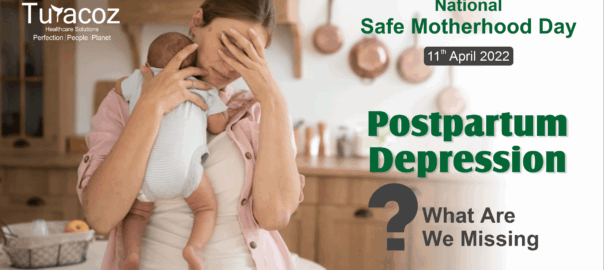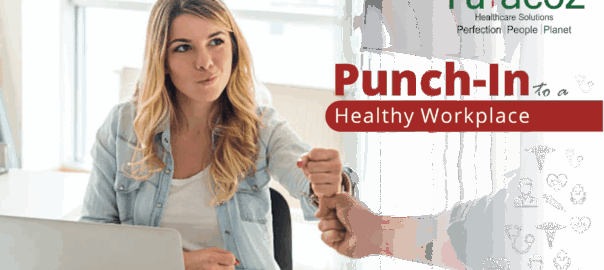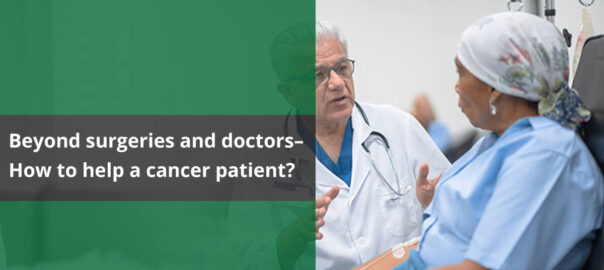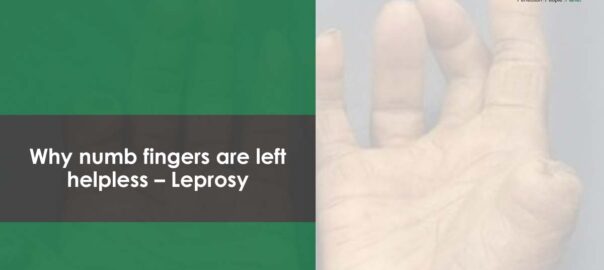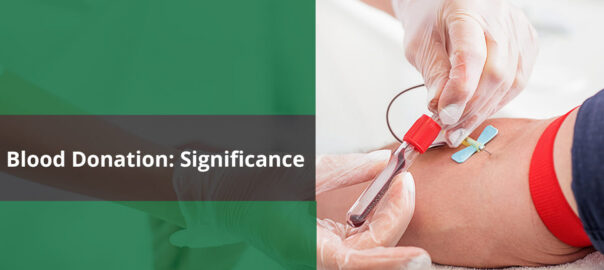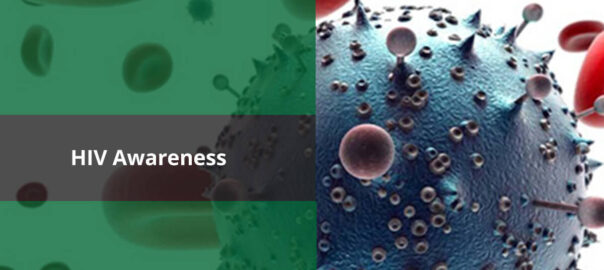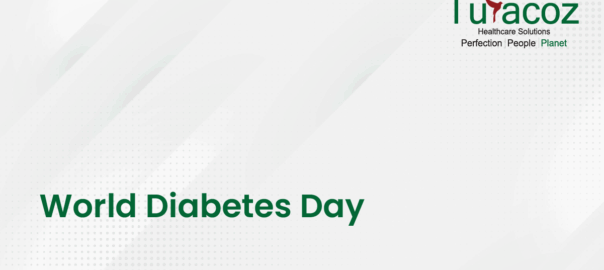“No matter the day, you can always meet them in white, green, and blue, Behind the walls, curing me and you!”
Whites, Blues, and Greens: Standing stoic for sacrifice, devotion, and enthusiasm to challenge any illness, are the colours chosen by our healthcare workers. Nurses are the lifeline of our healthcare system. On duty, come rain or sunshine. A day without nurses in hospitals cannot be dreamt of because it is impossible and catastrophic. Holding your prescriptions, pills, and hand, they dissolve their personal life for mankind without a whiff. The comforting words and gestures of a nurse can treat patients better than injections. Acknowledging the towering service of nurses who take the oath to heal humanity, we express our gratitude to all nurses on World Nurse Day and honour one such lady. A daughter, wife, and mother of two daughters, this is not some fairy-tale or story of some influential businesswoman. This is Head Nurse, Sudesh Kumari Sharma.
Behind those crisp uniforms of millions of nurses, you have crossed by in hospitals, medical institutes, etc., are ordinary girls who came with a vision to heal and a heart to feel. Seeing blood, cleaning stools, and witnessing the shades of life and death in emergency wards is just another day for them. Head nurse, Sudesh, is a divine messenger serving infected and diseased from the last 18 years for the Civil Hospital in Rehan, Kangra district of Himachal Pradesh. “I am there for my patients first and then my family. I am working for a special purpose.” – This 47-year-old woman is ruling the hills with her spirit of working endlessly for improving the health of her patients.
Sudesh coloured her dreams with a vision to become a nurse at an early age; “I was motivated to do something like Didi, the nurse looking after my uncle. I don’t know the exact profession back then. But I got my sunshine looking at her; the way she was working with her heart completely into something and how she was making patients smile in that ward of PGI.” Light enters from tiny cracks in our souls and witnessing a nurse while looking after a relative in PGI, a girl turned to be a head nurse in Civil Hospital.
A simple, generous, and amazing lady who cherishes the nature of her work. She has no regrets in life but still trying to figure out why her profession is not respected enough in our society. “We are doing what even the loved ones deny to for the patients.” While narrating her experiences, she describes the moments when on festivals like Diwali, Karwa Chauth, Dussehra or Holi, her chair at the dining table of her home is always empty. When the women around her are adorning their homes or swirling delicious savouries, she is noting down someone’s blood pressure or cleaning up an invalid. Her hardships go unnoticed. Unintentional insults by addicts, unwarranted blame, and brickbats by families who would have lost their loved one, or struggle with mentally challenged patients, there is a lot that nurses soak in, and yet promise to not lose their poise or empathy.
With no complaints or demands, Sudesh has chosen this life. The twinkle in her eyes and glow on her cheeks while describing her journey speaks more than her words. Like any other healthcare worker, she truly loves her job. But being a nurse is not just a job; it takes enormous strength and compassion to lead a life for others. There is nothing disastrous in her story, but magic is in her enthusiasm. How a common woman holds the power to devote herself towards society is itself a miracle! Such was humility in her words and grace on her face.
The ones who put the life, happiness, and safety of others before their own, are certainly made up for a different metal. Painted with colors of blood and fluids, nurses are doing a commendable job. Covid left healthcare units gasping for space as they were inundated with patients; the nursing team was the highest risk group, and despite the virus doing its rounds unceasingly, these nurses never stopped going on their rounds! Let’s appreciate what we miss in the rush, let’s applaud the magic in their dedication and let’s show respect to their dynamics in battling the disease for their whole lives.
We call them sisters. And indeed, they are. Sisters from another mother; sisters who refuse to wink while we sleep in peace; sisters who are there no matter what. They are the real knights.
“The Knights of Days and Nights who matter come in dark and dirty armours; because they have been soiled in battles for the ones they serve and live for. The knights in shining armours only appear in Cinderella parties!”



